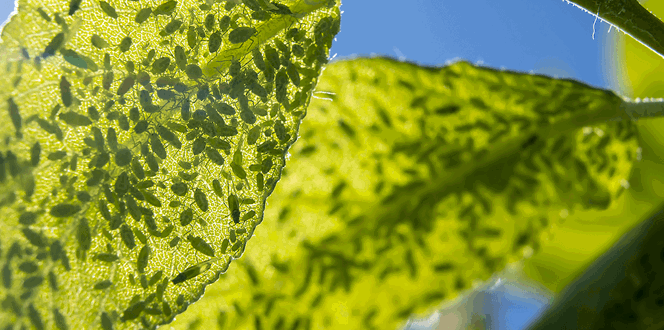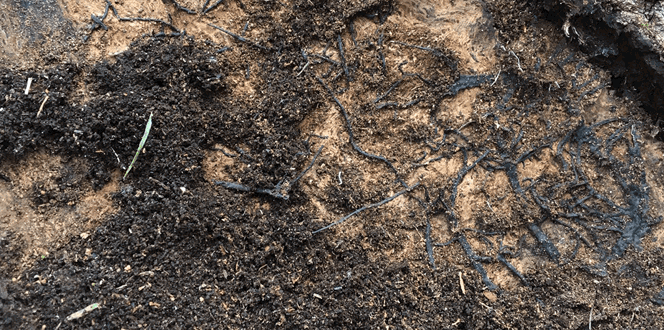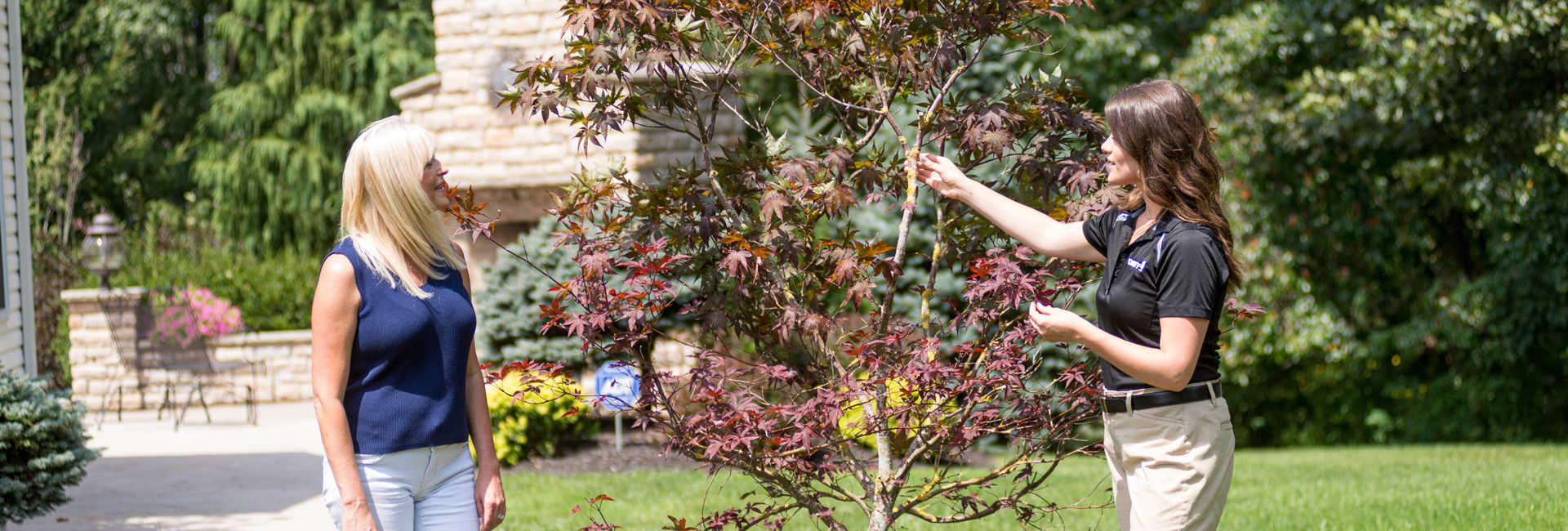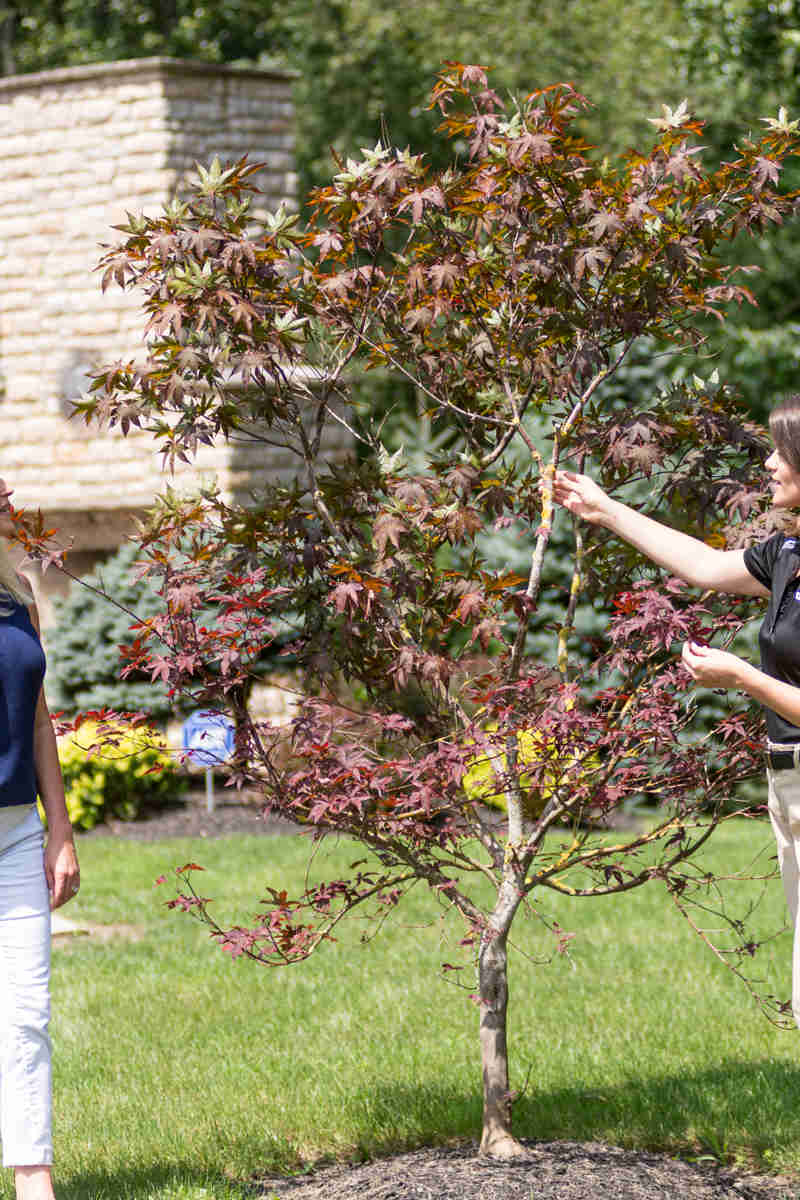Bacterial Wetwood Description:
What causes Bacterial Wetwood? Bacterial wetwood is a bacterial infection that causes a profuse flow (flux) of sap from trunk wounds or pruning cuts. It is characterized by light or dark-colored vertical streaks of residue on tree bark. The infection, also known as slime flux, causes the leaves of the upper crown to wilt and drop prematurely, as well as potentially kill tree branches. A foul-smelling sap that is toxic to vegetation and ground cover is often seen bubbling from an infected tree.
Hosts:
Many trees are susceptible to bacterial wetwood infection, including: apple, birch, elm, fir, hemlock, hickory, linden, maple, mulberry, oak, pine, poplar, redbud, sycamore, and willow.
Biology & Symptoms:
After bacteria enter a tree wound, it can take several years for the condition to develop. These bacteria need very little oxygen to survive and, therefore, inhabit the inner layers of sapwood and outer heartwood. Over time, the infection causes the sap to ferment and produce gases, primarily methane and carbon dioxide. High pressure builds, forcing the sap to flow or flux through bark wounds and cracks. This fluxing can occur spring through fall, but is more likely to occur in summer when bacteria are most active. In mild climates, fluxing usually occurs year-round. Since slime flux is more toxic than sap, it prevents infected trees from healing and covering over its wounds. Exuded sap can attract additional bacteria and fungi.
Management:
There is no anti-bacterial spray or treatment to eliminate these chronically active bacteria. Moreover, the bacteria are widespread, and removing infected branches also will not fix the problem. Remove dead or decaying branches, however, to help improve overall tree health. Keeping the tree healthy and practicing proper pruning techniques and plant health care are the best ways to keep the tree from being affected by this bacteria.





